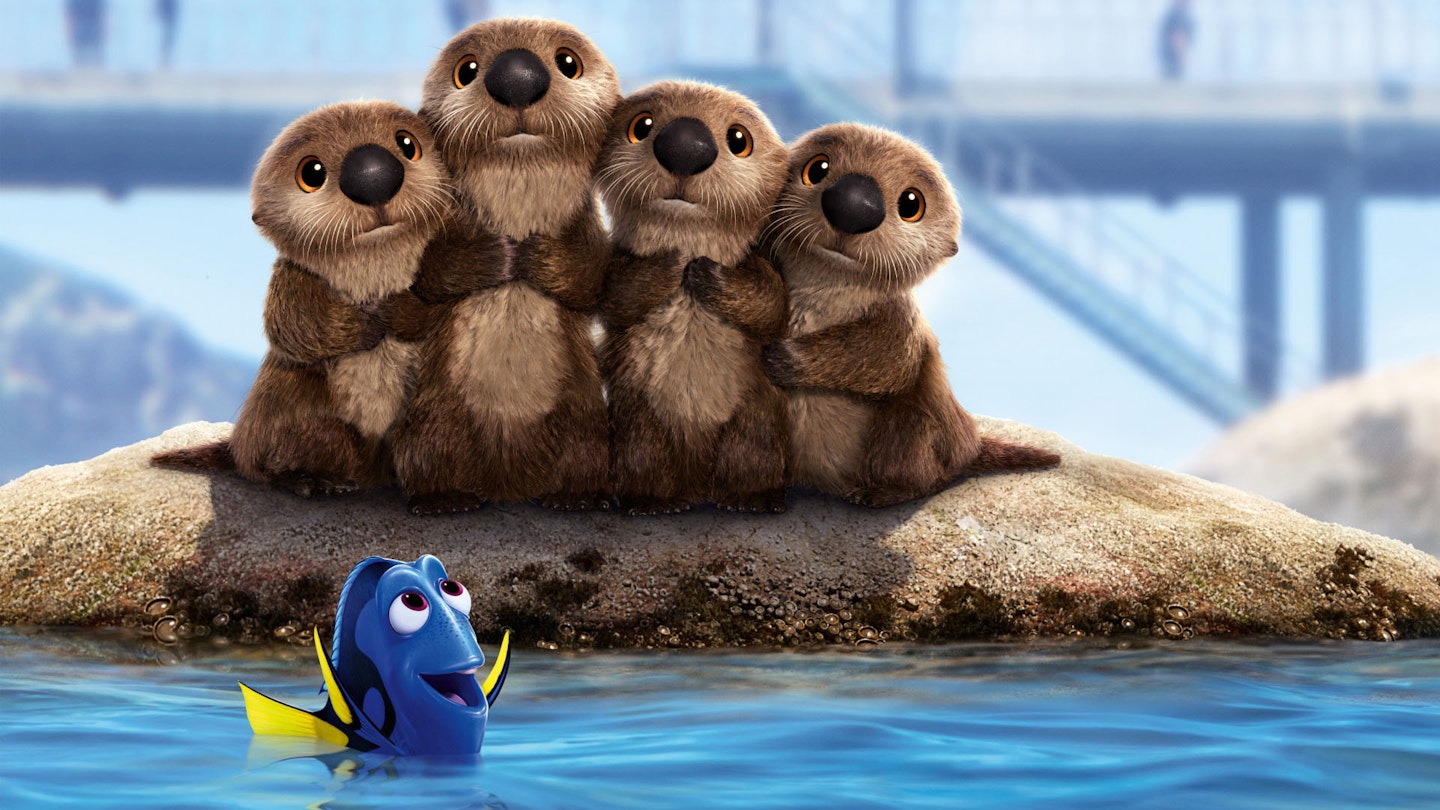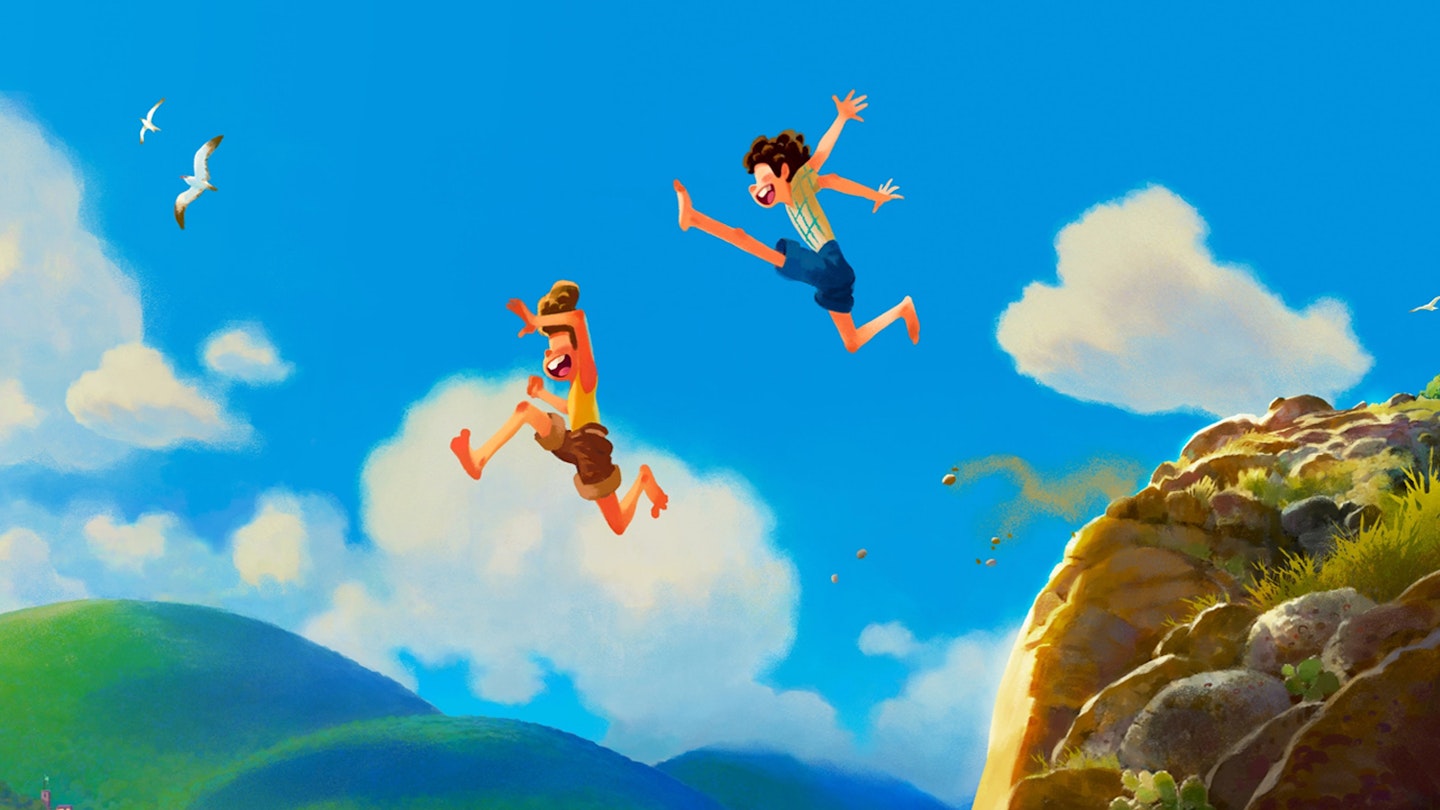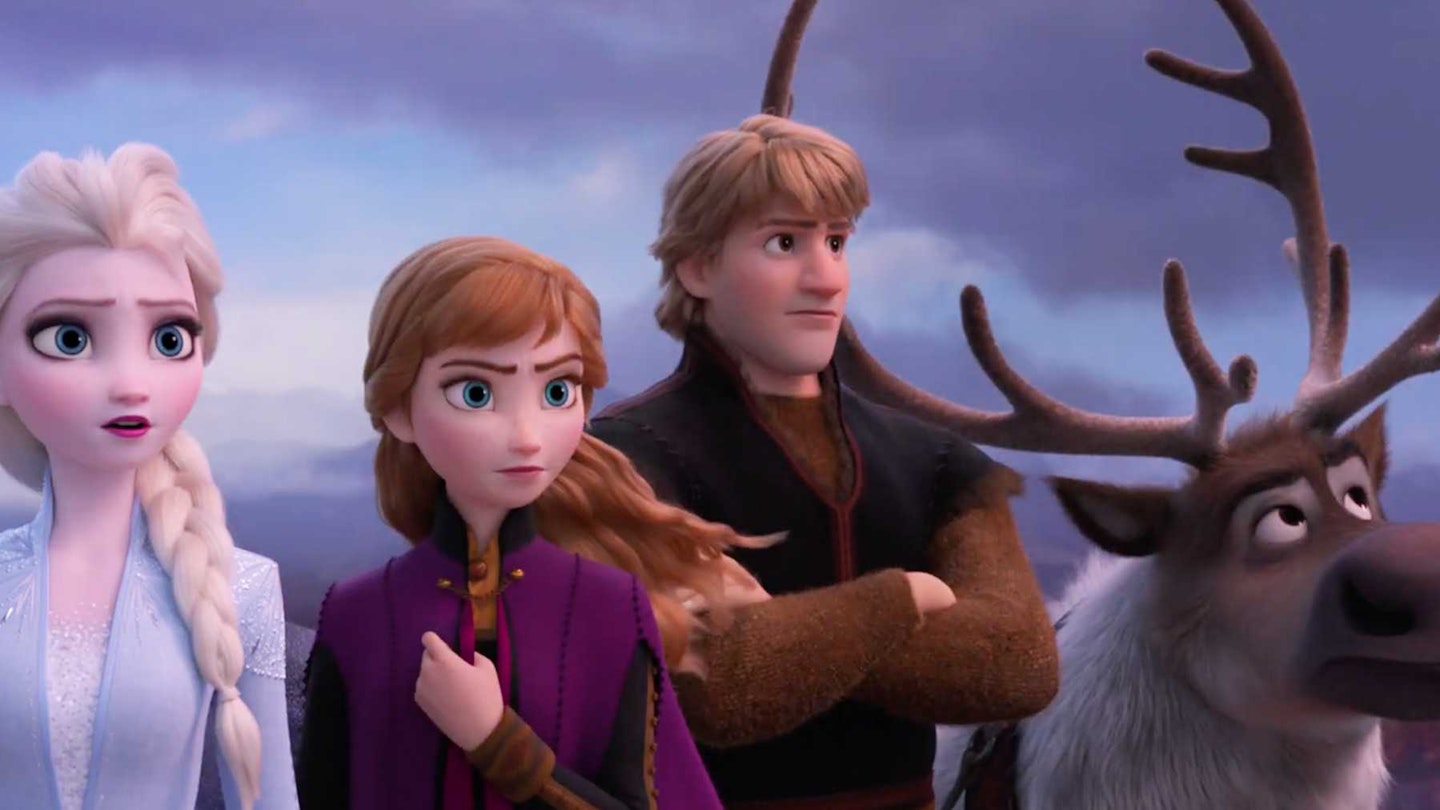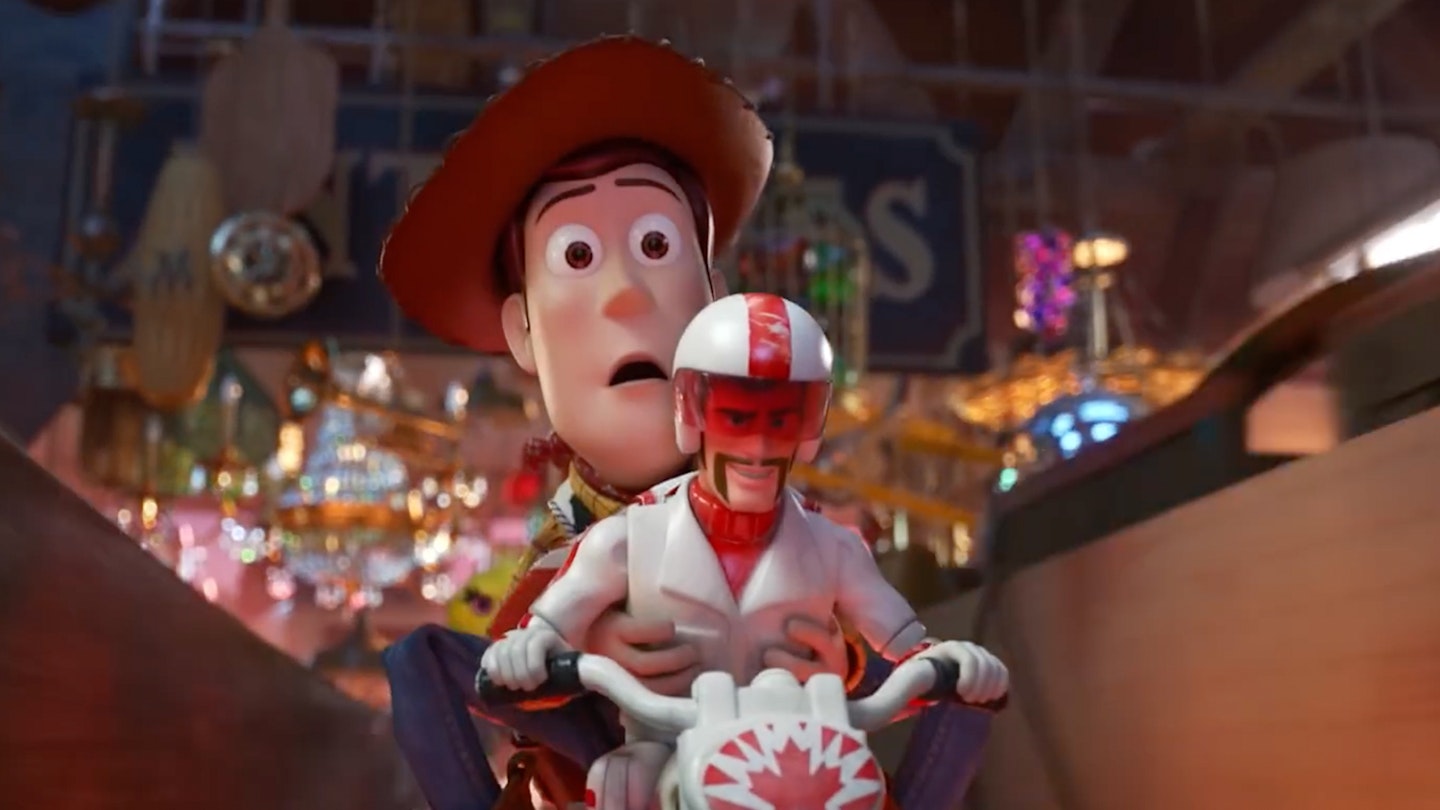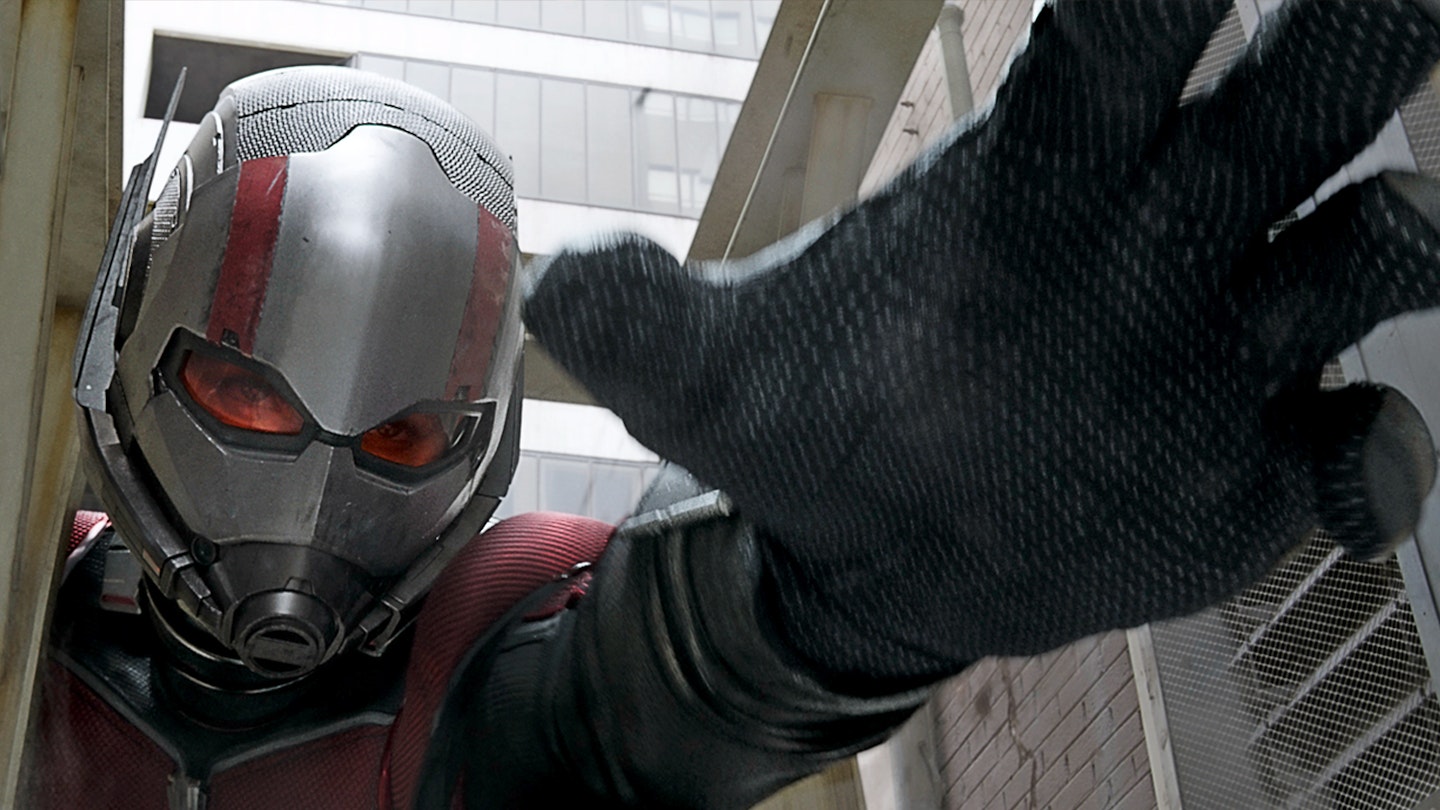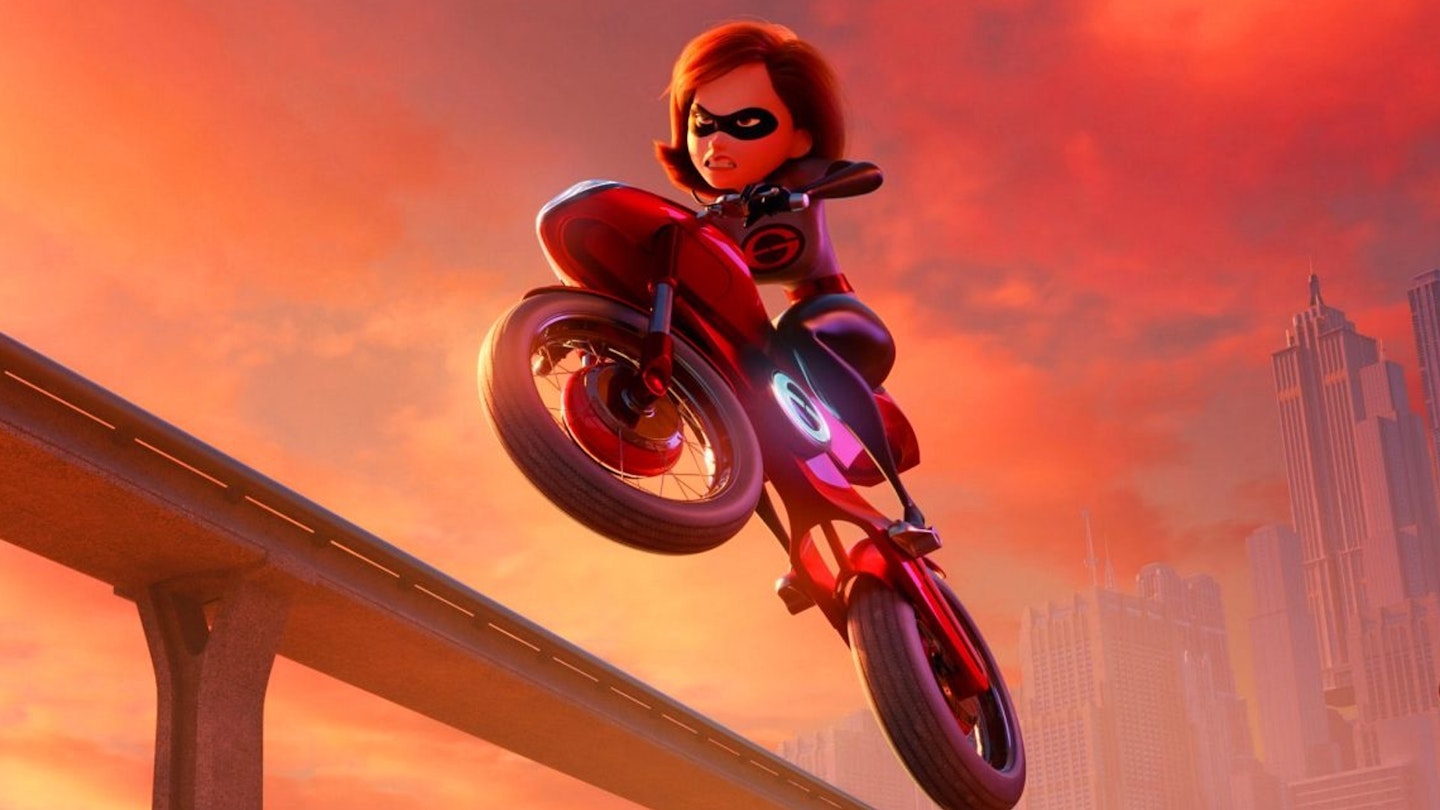Spare a thought for those wildly successful bazillionaires at Pixar. Yes, the Californian dream factory is one of the most respected studios in history — a virtual byword for a specific brand of boundless creativity — but in recent years, and in anticipation of their 17th feature, they seem perennially to have something to prove. That the envelope-pushing geniuses are locked in an endless competition, against not just the likes of DreamWorks or the resurgent animation arm of parent company Disney, but their own legacy — a 20-year hot streak of unimprovable Oscar-winning hits.
It may be the most human story Pixar has ever told.
There have been muttered charges of sequelitis (with Toy Story 4 and Cars 3 on the way), alongside the general feeling of a swinging pendulum where, for every soaring Inside Out, there’s a corresponding The Good Dinosaur, a tepidly received curio that represented the studio’s first loss at the box office. But now, into these choppy waters, swims Finding Dory — an emotionally complex, beautifully wrought piece of vintage Pixar that, 13 years after Finding Nemo, delivers a warmly familiar formula that still manages to hold hidden depths.
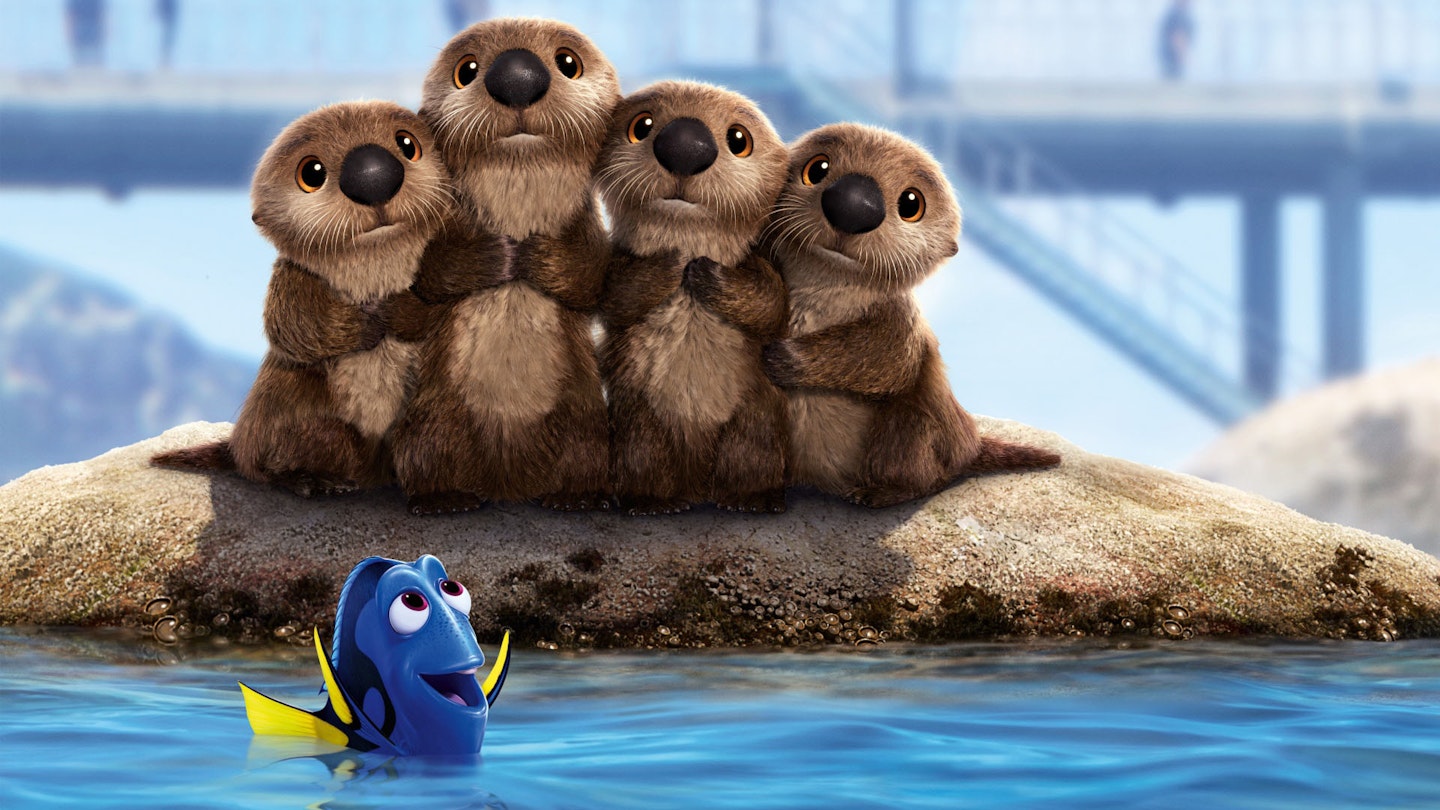
It helps that, like Pixar’s pitches, there’s an elegant simplicity to the way the plot turns the first film on its head. After Piper, a nicely paired short about a plucky seabird, we meet Dory (Ellen DeGeneres) as a cute (but still troublingly forgetful) kid who mysteriously loses her parents then wanders the ocean for years, trying to plug the holes in her sieve-like brain until she crashes into a panicked clownfish called Marlin (Albert Brooks). This early revelation — Dory’s back story is that she basically hasn’t got one — is a potent reminder that Andrew Stanton (the returning Finding Nemo writer-director who also gave us WALL-E’s lonely robot in a trash-piled dystopia) is unafraid to add tragic undercurrents to something that’s notionally a family film.
Flash forward a year and, after the events of Finding Nemo, Dory has formed a happy family of sorts with Marlin and his son (Hayden Rolence) until some flashbacks to fragmented childhood memories have her seeking a parental reunion of her own. Repaying the faith shown by Dory in that first ocean-spanning adventure, her new friends join her and — by way of an encounter with a furious giant squid — find themselves at Californian aquarium and conservation centre the Marine Life Institute. Suffice to say, their plan to find Dory’s mum and dad (expertly voiced by Diane Keaton and Eugene Levy, respectively) does not go smoothly. And it’s here that the film truly sparks to life, swapping its gentle expository opening scenes for a smart journey into Dory’s faltering mind — like a maritime take on Memento — that also doubles as a thrilling headlong dive into a micro community that’s as vividly drawn as Sunnyside Daycare in Toy Story 3 or, for that matter, the dentist’s office in Finding Nemo.
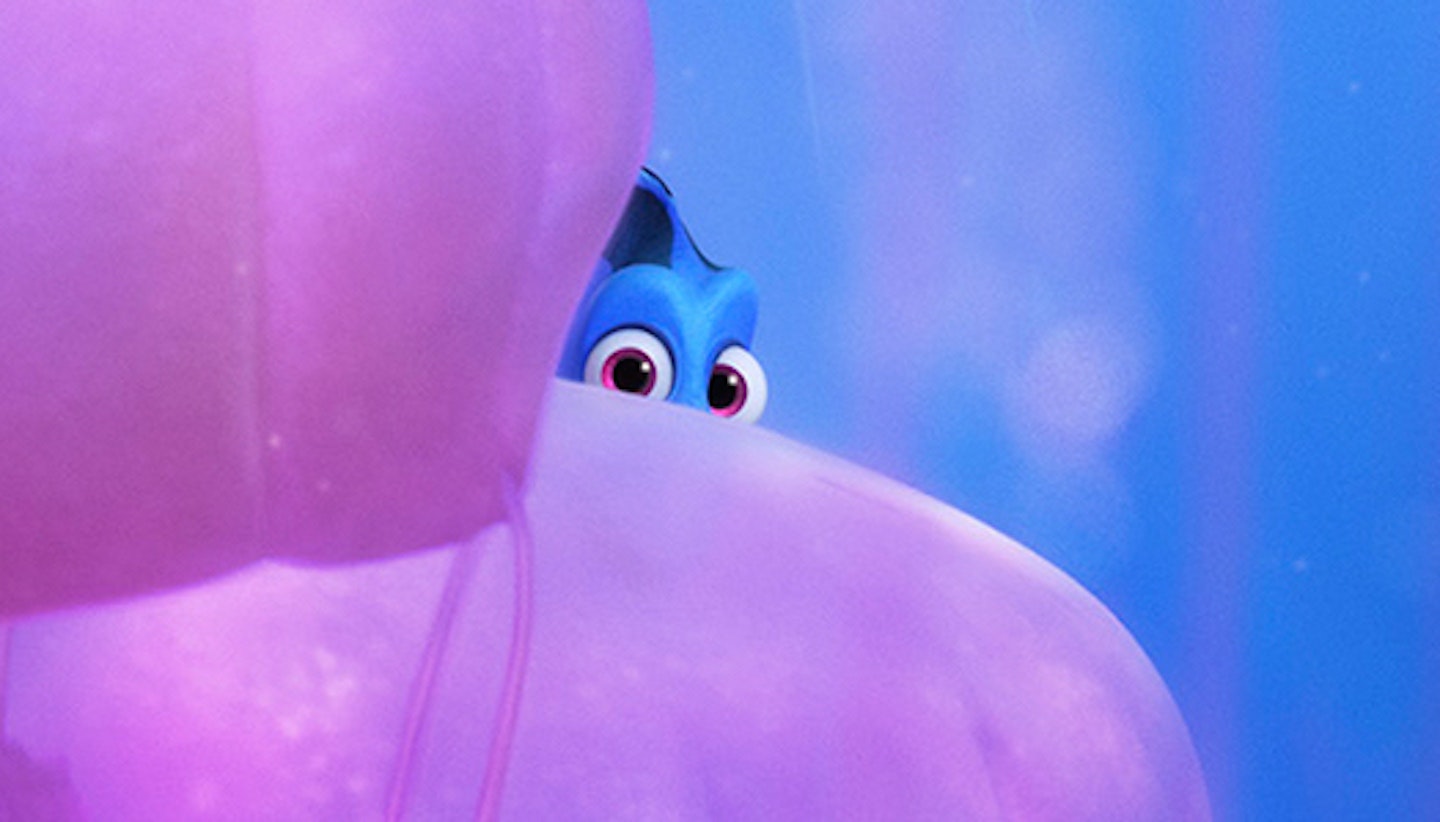
It’s also a showcase for relentlessly funny dialogue, stunning set-pieces and a high-quality stable of new voice actors. Dominic West and Idris Elba stage an unlikely The Wire reunion as Rudder and Fluke, a pair of heroically lazy sea lions, Modern Family’s Ty Burrell is excellent as neurotic beluga whale Bailey and Kaitlin Olson engages as near-sighted whale shark Destiny. But it’s Dory’s guide through the pipes and tanks of this Sea World stand-in — a grouchy chameleonic octopus called Hank, voiced by Ed O’Neill — who proves to be the star attraction. Both technical marvel (the first shot of his shifting, suckered body took six months to construct) and gruff mentor figure, Hank is also a canny story tool — enabling Dory to break out of the water and driving some of the final act’s outlandish stunts.
Yes, as characters are repeatedly separated and reunited, a touch of lost-fish fatigue sets in. But only the terminally churlish will be able to resist something so strikingly strange, sly — one showstopping moment shows the supposedly sedate atmosphere of an aquarium touching-pool as a battlefield of children’s plunging hands and cowering sea creatures — and gleefully inventive. And at the heart of the story is Dory’s wrenching emotional journey. Despite that expansive ocean, it’s an intimate, hopeful tale of perseverance, friendship and leaping the sea wall of your personal limitations. Don’t be fooled by all those fish. It may be the most human story Pixar has ever told.
